Here are some ideas of gifts you can bring to your family and friends from the UAE.
23 July 2013
| Last updated on 17 December 2017
Amber Teething Necklace
A lovely gift for a new baby, you do also get amber bracelets and necklaces for adults. The beads on the necklaces are made from amber, which is fossilised plant resin from the Baltic Sea. The resin is polished and made into a necklace. The beads are not stone and quite small in size, making them lightweight. Amber has been used for centuries for teething and is renown for its healing and anti-inflammatory properties, which is how it can be helpful for soothing red inflamed cheeks and gums.
In addition to assisting to reduce pain, drooling (for which amber is said to work by stimulating the thyroid glands) and irritability that is often associated with teething, amber beads have also been claimed to relieve eczema, speed up wound healing and stave off ear and throat inflammation, amongst many other ailments.
Arabic or Moroccan Lamps
Reminiscent of Aladdin’s cave, you will find these beautiful lamps a plenty in all the souks and gift stores. Arabic lamps come in all shapes and sizes; from small table top trinket sized ones, to large ones on a stand. Typically having coloured glass panels round them, they are most often suitable for tea lights or small candles, however, they can be found already with electrical fixings, ready to plug in, or with cable attached ready to hang from the ceiling.
Sari Length
The present-day sari dates from the fourteenth century, making it possibly the world’s longest-lasting fashion statement. In India, people of every income level can spend as little as several pounds to hundreds of pounds for this roughly six-yard piece of fabric. A sari is 45 inches wide and 6 to 9 yards long. There’s usually a border that runs almost the entire length. Not just for aesthetics, the border serves a purpose: It adds body and weight to the hem so the pleats hang neatly when the sari is draped. Before the sari is worn, a strip of cotton fabric is sewn to the inside lower border to help protect and weight the “fall”—the section that forms the pleats in the front. All of the fabric souqs (and even Lulu supermarkets!) have many many sari fabrics, from pure silk to cotton and polyester, suiting all budgets. Sari fabric is beautiful, and can be used for throws, cushion covers, tablecloths etc, not just for wearing as a dress. It’s something different to buy as a gift to take home from your travels here.
Frankincense
Frankincense has been one of the world's most treasured commodities since the beginning of written history. At its peak its value rivaled that of gold, the rarest silks, and the most precious of gems. Ironically, it is but a milky-white resin produced by a scrubby, unlikely looking tree, genus Boswellia. There are twenty-five known species of Boswellia, each creating a water-soluble gum resin with its own distinctive fragrance and medicinal properties. Frankincense resin flows when a tool called a mengaff is used to scrape about a five-inch section down the trunk of tree.
The tree is marked and the harvester returns in two weeks to scrape what has become hardened frankincense resin from the tree. Resins, which fall to the ground, are collected on large palm leaves placed when first tapping the tree. The process repeats itself for about 3 months during harvesting. Frankincense trees are ideally harvested twice per year, from January to March and again from August to October. You can buy it at the spice souq in Dubai, or can find it in the Iranian Market sometimes, or at the Plant Souq.
Spices
Cumin, nutmeg, cardamom turmeric sumac baharat caraway aniseed allspice cinnamon are all in plentiful supply here in the supermarkets, Carrefour or Lulu Hypermarket, the spices are on sale from large baskets, and you can buy small or large amounts at a much better price than the small bottles on sale on the shelves. The best spice souq around is in Dubai. They have everything, including very hard to find spices, plant extracts and flowers.

Pashmina
Pashmina shawls have been manufactured in Nepal and Kashmir for thousands of years. The test for a quality pashmina is warmth and feel. Pashmina and Cashmere are derived from mountain goats. One distinct difference between Pashmina and Cashmere is the fiber diameter. Pashmina fibers are finer and thinner than cashmere fiber, therefore, it is ideal for making light weight apparel like fine scarves.
Today, however, the word PASHMINA has been used too liberally and many scarves made from natural or synthetic fiber are sold as Pashmina creating confusion. True Cashmere Pashmina is very soft and resists wrinkles. The single ply Pashmina is so soft and thin it can easily pass through a wedding ring and still show no wrinkles or signs of distress. Many stores sell these shawls, prices range from 30 to 1000 dh, be careful not to mistake a fake for a real one.
Dish Dasha
A thawb or dishdasha or kandura, is an ankle-length garment, usually with long sleeves, similar to a robe. It is commonly worn in Arab countries. An Izaar is commonly worn underneath. The word thawb is the standard Arabic word for 'a garment'. It is the traditional Arab clothing for men. It is a tunic, generally long. The word is used specifically for this garment in Arab States of the Arabian Gulf. It I s worn with a sarong type wrap underneath, a scull cap Taqiyah (Skullcap) Kufiya is a style of headwear which is made up of a square of fabric folded into a triangle and worn with one point on each shoulder and one down the back. It is held in place with a circlet originally made of camel hair - the `iqal. The square of fabric is also known as a ghoutra. A taqiyah is often worn under the ghoutra. There has been some debate regarding the correct length of the thawb.
However, typically the style, length, tassels etc of the DishDash tends to be indicative of the country of origin of the wearer, Egyptian men wear shorter and wider at the bottom, Emirati ones are slimmer fit and come to the floor etc. You can buy these in many stores, if it’s a gift or for novelty value, you can buy the whole outfit in Co-Op for around 150 dh.
Abaya
The abaya "cloak" is a simple, loose over-garment, essentially a robe-like dress, worn by some women in parts of the Islamic world including in North Africa and the Arabian Peninsula. Traditional abaya are black and may be either a large square of fabric draped from the shoulders or head or a long caftan. The abaya covers the whole body except the face, feet, and hands. It can be worn with the niqāb, a face veil covering all but the eyes. Some women choose to wear long black gloves, so their hands are covered as well.
The abaya is most common in countries with Muslim populations, as the entire body, including face and hands are considered elements of the awrah: that which should be concealed in public from males unrelated by blood or marriage. Here in the UAE these come in a variety of styles (hard to believe you get so many versions of a long black dress), with various decorative touches, embroidery, beading, crystal embellishments etc. You can spend a little or a lot on an Abaya, again, Co-Op branches all stock them at a very reasonable price.
Arabian Shoes/Sandals
These are very cute, but possibly not very comfortable, they are usually made of soft leather and are embroidered on the top. Normally available in Arabic gift type shops, although you can sometimes find them in markets. Central Market in Abu Dhabi have a few of these type of stores, remember to bargain with the storekeeper!
Shisha Pipe
An oriental tobacco pipe with a long flexible tube connected to a container where the smoke is cooled by passing through water. In the middle east and Arab world, people smoke it as part of their culture and traditions. Social smoking is done with a single or double hose hookah, and sometimes even triple or quadruple hose hookahs in the forms of parties or small get-togethers are used. When the smoker is finished, either the hose is placed back on the table signifying that it is available, or it is handed from one user to the next, folded back on itself so that the mouthpiece is not pointing at the recipient.
Shisha pipes and all the accoutrements, are available to buy in Carrefour, Lulu and in the souqs and gift shops.

Tagines
Tajines in Moroccan cuisine are slow-cooked stews braised at low temperatures, resulting in tender meat with aromatic vegetables and sauce. They are traditionally cooked in the tajine pot, the conical cover that has a knob-like handle at its top to facilitate removal. While simmering, the cover can be lifted off without the aid of a mitten, enabling the cook to inspect the main ingredients, add vegetables, mix the contents, or add additional braising liquid.
Tagines come in a range of sizes and models, some of them are very decorative, covered with beads and silverwork. It is important to ask if the tagine you are buying is for cooking in, or only for serving.
Belly Dancing Belt
These are very cute coloured scarves, traditionally worn round the hips, and are used for bellydancing, They come in all colours and are for sale at souqs and souvenir shops. You get them in small sizes for children, and various lengths for adults.
Prayer Beads
Prayer beads are used by members of various religious traditions such as Hinduism, Buddhism, Roman Catholicism, Orthodox Christianity, Anglicanism, Islam, Sikhism and Bahá'í Faith to count the repetitions of prayers, chants or devotions, such as the rosary of Virgin Mary in Christianity and dhikr (remembrance of God) in Islam.
The number of beads varies by religion or use. Islamic prayer beads, called "Misbaha" or "Tasbih", usually have either 99 or 33 beads. Prayer beads may have physical, metaphysical and psychological effects on their users. Since the beads are fingered in an automatic manner, they allow the user to keep track of how many prayers have been said with a minimal amount of conscious effort, which in turn allows greater attention to be paid to the prayers themselves.
Perfume and Perfume Bottles
Authentic Arabian perfumes are made only from natural ecologically clean ingredients and don’t contain alcohol. It’s not a secret that natural oils have therapeutic effect and may soothe or revitalize human feelings and emotions.
Traditionally Arabs use aromatic oils as a base for perfumes. It’s called attar from the Arabic word “itr” which means aroma. Essential oils are extracted from natural ingredients by distillation method. Master perfumers from Oman, UAE and Egypt keep many secret blends of attars. These are distinguished by very intensive highly concentrated fragrances. Some perfume shops will create an essence for you, mixing and blending it according to your own preference. Arabic perfumes have woody, oriental, flowery, fruity bases with sensual notes of musk, ambergris, cedar, spices, frankincense, citrus, sandal and cashmere wood. A small drop of Arabic perfume is enough to make aroma last for about 10 hours. When it comes in contact with water it responses with a renewed scent strength. Concentrated oil perfumes have a peculiarity- they “sleep” till the person starts to move. With a changing body temperature aroma reveals itself more intensively.
Many of the gift shops and souvenir shops sell beautiful glass jars and bottles, you can fill them with your own essence.


























.png?itok=HBSyMDok)

































































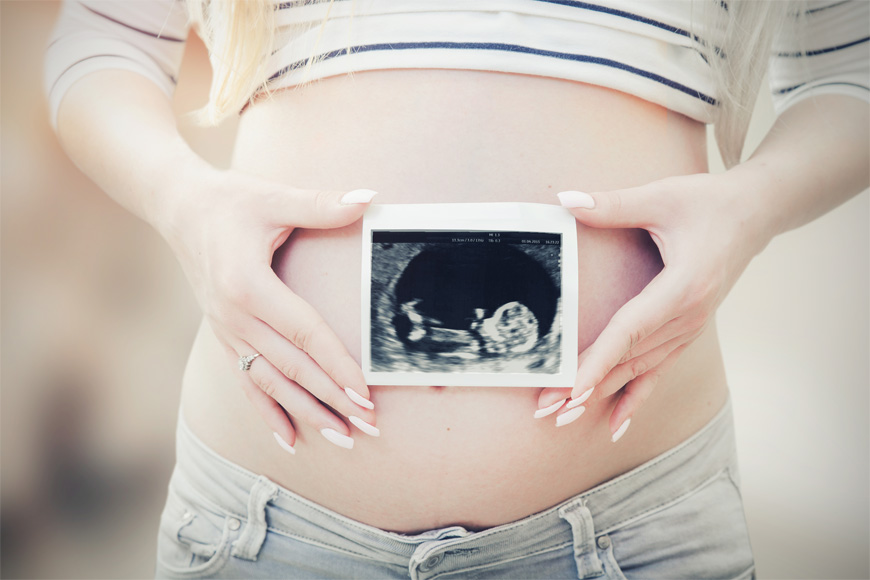






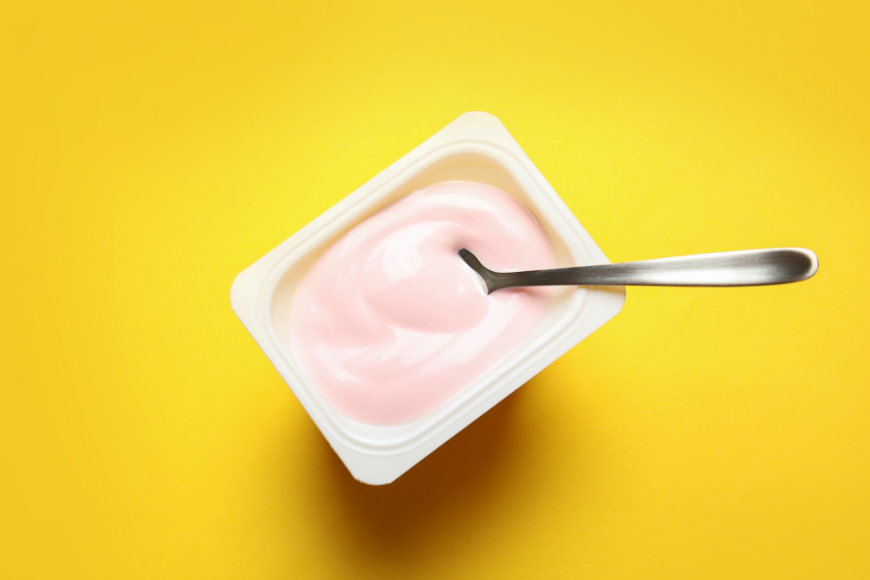
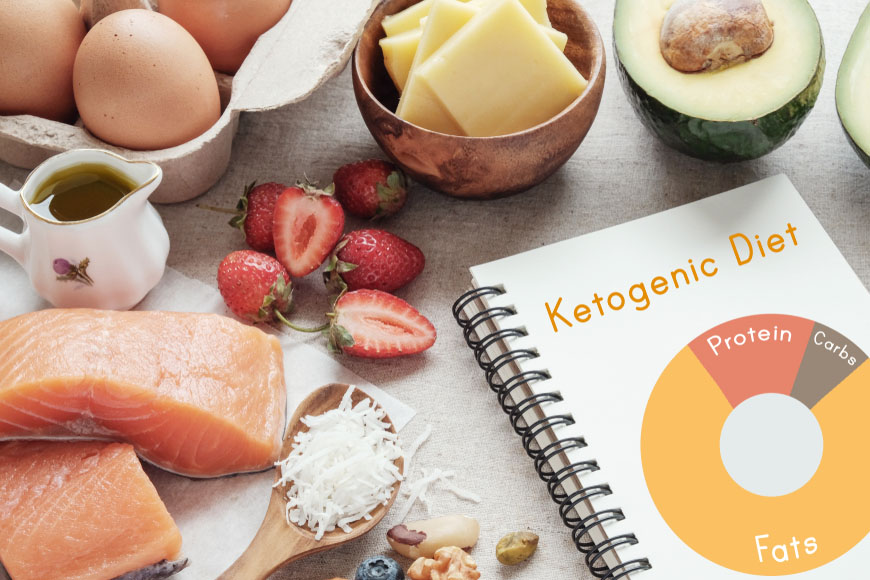

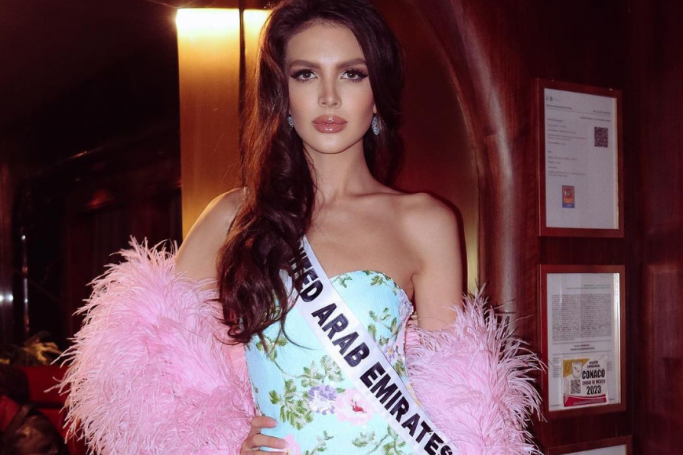

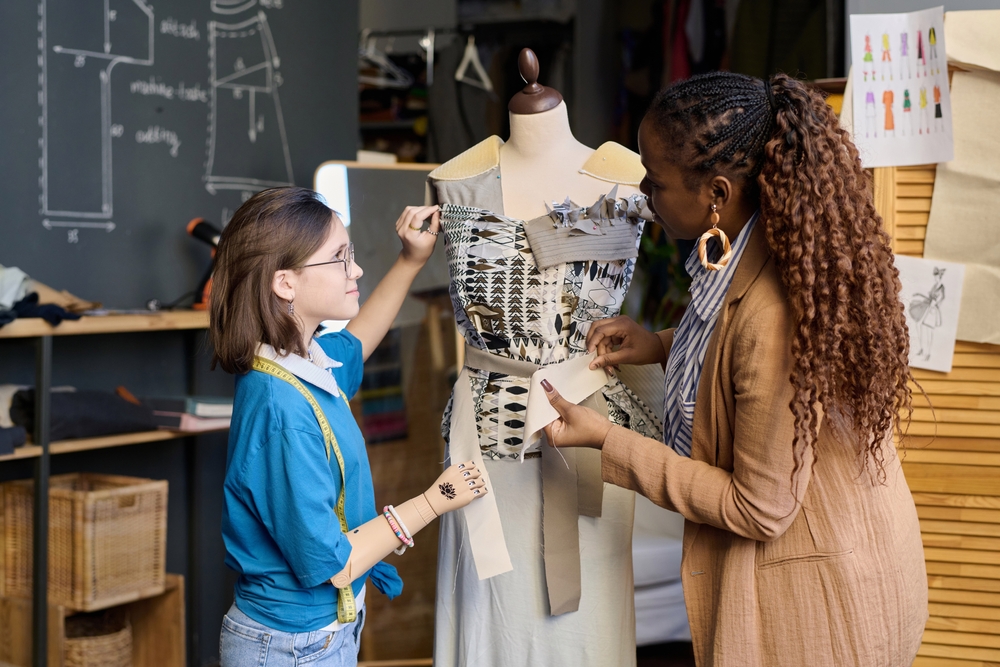
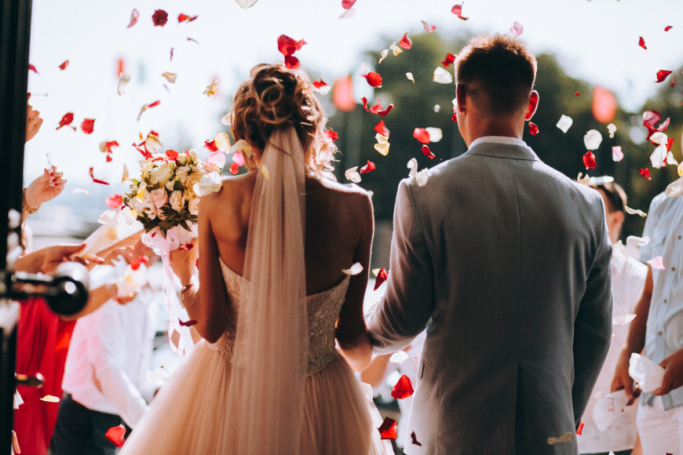


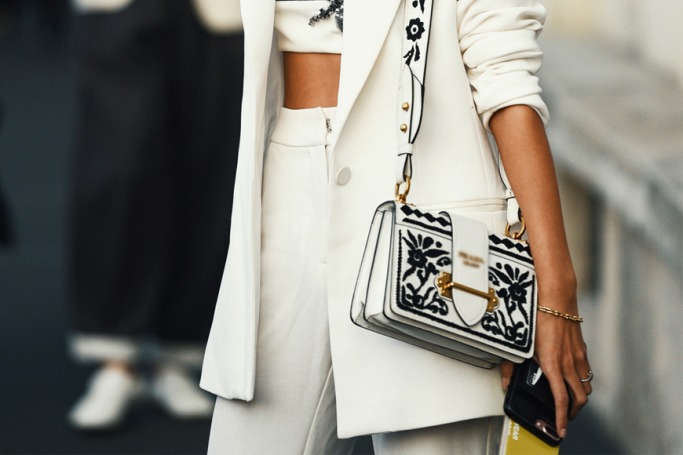



.png?itok=0fOAXkOm)















.png?itok=EH_x0Pha)













